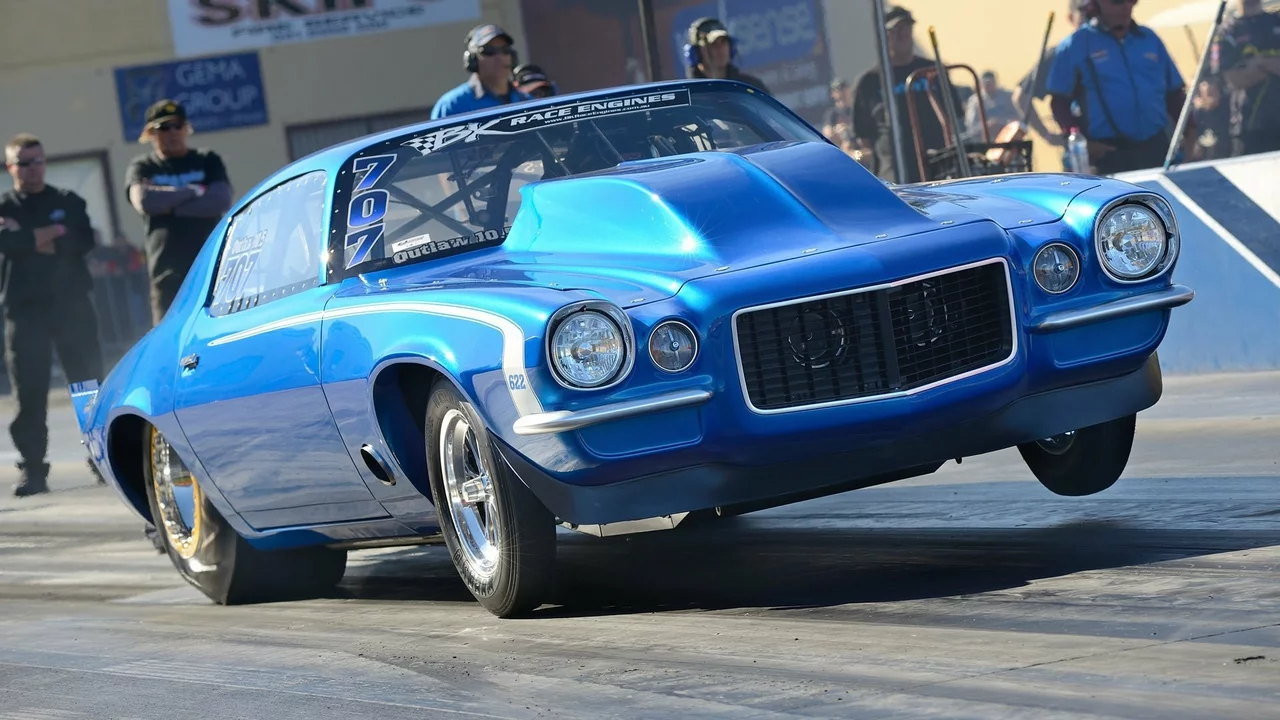AWD Car: Why Subaru’s All‑Wheel‑Drive Beats the Rest
If you’ve ever wondered why Subaru can throw down on snow, dirt, or a race track, the answer lives in its AWD system. All‑wheel‑drive means power goes to every wheel at the same time, giving you grip when most cars would slide.
How AWD Works in Simple Terms
Think of a car as a horse pulling a cart. A two‑wheel‑drive horse only pushes from the front or back, so the cart can wobble. An AWD horse pushes from all four corners, keeping the cart steady. In a Subaru, a central differential splits engine torque between the front and rear axles, then additional differentials send the right amount to each wheel.
Why It Matters for Everyday Driving
Rainy streets, icy mornings, or a quick turn on a mountain road become less scary when every wheel is helping. You’ll notice shorter braking distances and better acceleration off the line. That confidence translates to fewer accidents and lower tire wear because the car isn’t fighting for traction.
Subaru’s Symmetrical AWD layout also balances weight front‑to‑back. This symmetry improves handling and makes the car feel predictable when you push it hard. Whether you’re merging onto a highway or drifting through a rally stage, the car’s response stays smooth.
For racers, the advantage is huge. Rally drivers rely on instant torque to the wheels that need it most. The system can send power to a wheel that’s slipping while cutting it from the one that’s planted. That split‑second control can be the difference between a win and a crash.
Buying an AWD car? Look for a model with a limited‑slip differential in the rear – it’s a key upgrade for track days. Check the torque split ratio; a 50/50 split gives balanced grip, while a front‑biased split feels more like a front‑wheel‑drive car with extra traction.
Maintenance is straightforward. Keep the differential fluid fresh – most Subaru owners change it every 30,000 miles. Inspect the CV joints regularly; worn joints can make a whine that turns into costly repairs if ignored.
Fuel economy does take a hit compared to two‑wheel‑drive buddies, but newer models use smarter electronics to cut power to the wheels that don’t need it. You’ll still get decent numbers for a car that can handle any weather.
If you’re on a budget, consider a used Impreza or Legacy. They share the same AWD core as the WRX but cost less. Test drive both on a wet surface – you’ll feel the confidence in the steering wheel as soon as you let off the gas.
Bottom line: an AWD car like a Subaru gives you safety, performance, and a fun driving feel without needing extra gadgets. Whether you’re commuting, weekend camping, or eyeing a rally debut, the all‑wheel‑drive system keeps you in control.

22
Jul
Drag racing an All-Wheel Drive (AWD) car has its own set of advantages and disadvantages. On the plus side, AWD cars provide better traction and stability, which can be a huge benefit during a race, especially in poor weather conditions. They also offer quicker acceleration from a standstill, giving you a potential head start. However, the downsides include heavier weight due to the additional drivetrain components, which can affect speed. Furthermore, AWD systems require more maintenance, which can be costly and time-consuming.
Read More
